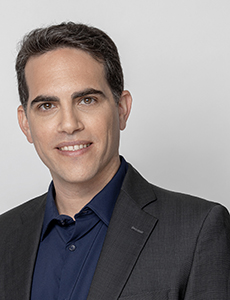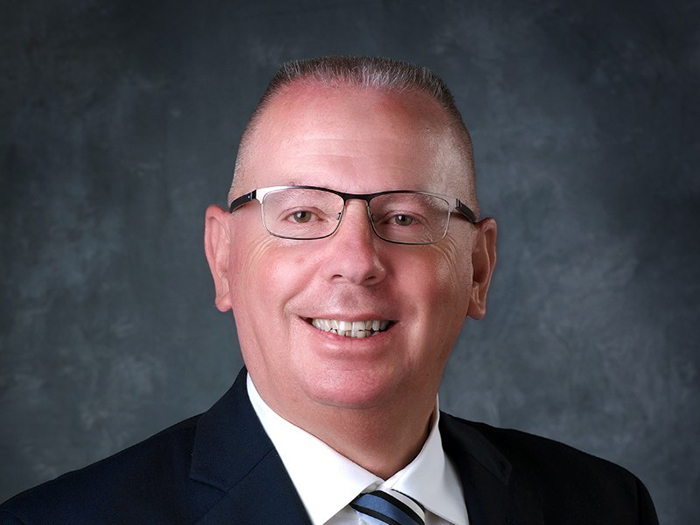ITC Vegas Update: Leverage Big Data Better to Increase Transparency and Reduce Risk

An engaging session at ITC2022 discussed big data practices and how Insurtechs can work with insurers to incentivize risk reduction. A panel of experts representing the legacy perspective and the burgeoning Insurtech space led a robust discussion within the data & analytics track in this popular morning session.
The speakers on this forward-thinking panel were Diyaa Shridi, CTO at SOMPO Digital Labs; Eugenio Gonzalez, partner at Plug & Play Ventures; Hemant Sarma, SVP, global digital IoT lead at Chubb; and Jeroen Morrenhof, CEO and co-founder at FRISS. Elad Tsur, CEO at Planck, moderated the session.
The panel focused on the goal of improving risk reduction, a vision shared by providers across the risk and insurance ecosystem. The idea of incentivizing preferred consumer behavior isn’t new to the insurance industry. Think of discounts on auto insurance for policyholders who remain accident-free or those who share telematics data to prove they are safe drivers.
But now, the availability of big data has created a world where insurers can use data insights to incentivize risk reduction. With the proliferation of literally millions of data points of potentially helpful information available to carriers, the battle becomes determining what data is significant — and how to use that data proactively to make better risk reduction and underwriting decisions.
Insurtech Solutions Improve Risk Prediction, Reduction, Through Data Insights
The leaders on the panel discussed how their solutions are benefiting legacy carriers.
Tsur spoke about the need for more accurate data insights: “Planck’s AI and machine learning algorithms have provided commercial insurance carriers a much faster, more thorough, and more accurate depiction of business risk. Underwriters can now expand, deepen, and interpret the range of available data sources, making commercial risk more searchable, accessible, and rapidly actionable.”
He also discussed how Planck’s solution helps carriers reinvent their big data practices: “Being able to easily navigate big data in real-time allows insurance carriers to own the story and close the risk knowledge gap without the need for lengthy forms or repeated customer outreach. And the Planck platform provides additional predictive intelligence for risk data that can’t be found through a traditional search.”
Hemant Sarma, SVP, global digital IoT lead at Chubb, spoke about simplifying the customer experience by expanding on how big data can be used to improve outcomes and incentivize risk reduction.
He said, “We have been using big data as well as trying to break down underwriting for small commercial risks. We reduced the questionnaire down from 20 questions to two by using available data instead of asking the customer questions we already have the answer to. From the customer experience to back-end processes, all of these aspects are being touched by using big data and AI.”
Using Data to Create Partnerships and Reinforce a Culture of Transparency
One central theme from the session was how big data and analytics could help create and strengthen a culture of transparency and drive innovation through partnerships. By combining internal and external data, companies can see new trends and patterns through the power of data analytics.
CTO of SOMPO Digital Lab, Diyaa Shridi, explained further: “We’re bringing real data from outside of SOMPO — data generated by people and machines — to bring greater efficiencies and unlock new value for the customer experience and new business domains.”
Eugenio Gonzalez, partner at Plug & Play Ventures, discussed examples of big data capabilities that arise through the development of strategic partnerships. He recommended carriers partner externally to accomplish goals.
“It’s very important to partner internally but also externally through working with startups.” Gonzalez ended his comments by reminding the audience of the tried-and-tested adage, “If you want to go fast, go alone. If you want to go far, go together.”
The speakers reinforced the importance of consumer trust, especially regarding how trust may be earned through a culture of transparency. Shridi reinforced the idea of transparency and having a “what you see is what you get” focus with customers. He suggested having a detailed proof of concept and plan of action is one way to earn trust through being transparent.
Sarma said, “The biggest use case (of IoT), as well as the biggest challenge of adoption, is trust.” Talking about transparency, Sarma commented on proving the benefits of customer-facing solutions and ways to incentivize risk reduction in policyholders: “We can track the ROI and prove to the customer the solution is useful. Then we can incentivize consumers with IoT devices through premium reductions and lower deductibles, which lead people to more IoT devices.”
Continuing the discussion around consumer trust, Jeroen Morrenhof, CEO and Co-Founder at FRISS, expanded, “Insurance is about trust, from both the consumer and carrier perspective. Expectations from consumers are higher now. They expect instant help and support. Many of these consumer interactions are based on mistrust by default. Trust is very important and is easily shaken and hard to regain.”
Morrenhof talked about how FRISS solves the trust challenge: “We believe a better way is through trust automation. We can know everything about a customer and when to trust or not to trust — and then make decisions moving forward. We believe insurers who can instill this trust with consumers can grow faster and be more profitable.”
Creating a trusted relationship with a customer that allows certain unique benefits isn’t a new concept in business. Think of banks with known customers who enjoy the advantages of being trusted, like having immediate access to deposited funds, or travelers with a Global Entry pass proving they are trusted visitors, allowing them faster access through international borders. But applying the concept to insurance — and automating it — is an innovative idea that could improve customer satisfaction while speeding up interactions.
Big data and risk reduction go hand-in-hand when carriers have the tools and technology to analyze the millions of data points they have accumulated. Insurtechs are filling this technology gap to help carriers manage, analyze, and use their data to incentivize risk reduction and improve outcomes. &












